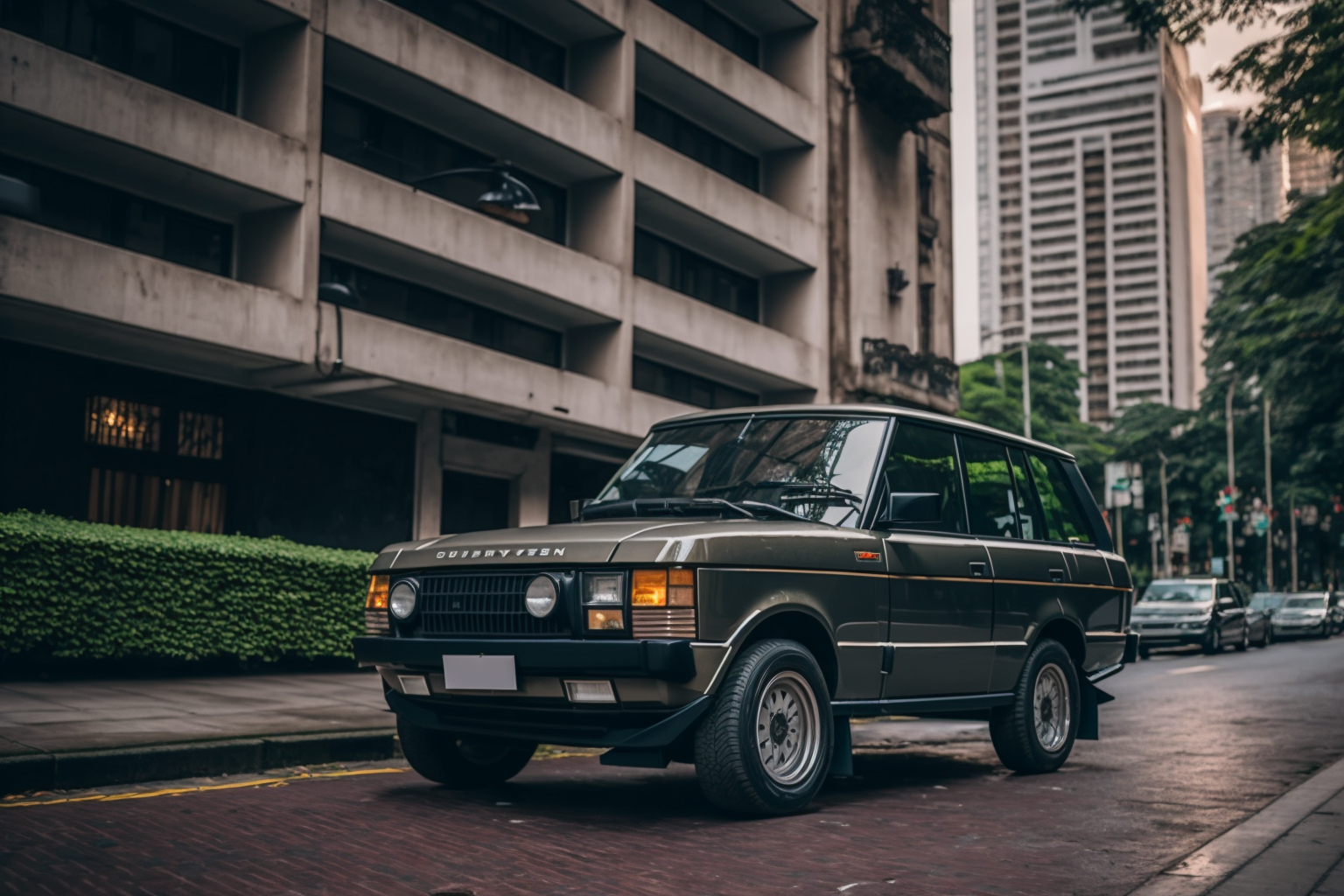Karkrub Review
Specs of the Car
The 1993 Land Rover Range Rover 3.9 was an exemplification of luxury and off-road prowess. Powered by a 3.9-liter V8 engine, the car delivered 182 horsepower and 232 lb-ft of torque. This power was routed through a four-speed automatic transmission to a permanent four-wheel-drive system, allowing for notable off-road capability.
Inside, the Range Rover featured a well-appointed cabin that offered a higher level of luxury than most off-roaders of its time. It boasted leather seats, wood trim, and an assortment of convenience features such as power windows, air conditioning, and a quality sound system.
The History of the Model
The Range Rover model was first introduced by Land Rover in 1970 as a luxury SUV, which was quite a novel concept at the time. The model that we are discussing, the 1993 Range Rover, is part of the first generation that lasted up until 1996. The goal of the Range Rover was to combine Land Rover’s legendary off-road ability with comfort and luxury.
The Development of the Model
Over the years, the Range Rover saw several upgrades in engine performance, transmission, and interior features. The 3.9-liter V8, which was introduced in 1990, offered better performance than its predecessors. The model kept its iconic boxy design but saw subtle improvements in terms of aerodynamics and comfort. The development of the model during its first generation set the tone for the subsequent generations of Range Rover that we know today.
Journalist Reviews at the Time of Release
When the 1993 Range Rover 3.9 was released, it was praised by journalists for its off-road abilities, luxurious interior, and overall versatility. Critics were impressed by its ability to tackle challenging terrains while providing a comfortable ride. Its unique blend of luxury and capability defined it as one of the pioneers in the luxury SUV segment.
However, the vehicle wasn’t without its criticisms. It was noted for its relatively high fuel consumption and some reviewers mentioned reliability issues, a common criticism for Land Rovers of that era.
Types of Modifications Typically Done
Owners of the 1993 Range Rover often undertake modifications to either enhance its off-road capabilities or to improve its luxury appeal. Common off-road modifications include suspension lifts, larger tires, skid plates, and winches. Some owners add additional lighting and roof racks for added utility.
On the luxury side, owners might upgrade the interior with modern amenities such as updated audio systems, custom upholstery, and modern navigation units. It’s also not uncommon to see these models with engine upgrades or swaps to increase performance or address some of the original engine’s reliability concerns.
In summary, the 1993 Land Rover Range Rover 3.9 represents a key point in the development of luxury SUVs. Despite its age, it remains a symbol of versatility and luxury, a testament to the enduring appeal of the Range Rover name.
Karkrub score
Design: 8/10
The 1993 Land Rover Range Rover 3.9 has a classic, boxy design that has stood the test of time. Its angular silhouette is characteristic of the era and still has a nostalgic charm today. Its utilitarian yet elegant design has set the foundation for subsequent Range Rover generations.
Power: 7.5/10
The 3.9-liter V8, delivering 182 horsepower and 232 lb-ft of torque, provided solid power for the time. It was no sports car, but the V8 gave the Range Rover adequate grunt for off-roading and highway cruising. By modern standards, however, it may feel underpowered.
Fun: 8/10
The Range Rover’s off-road capabilities ensure it delivers on fun. It’s designed to tackle challenging terrain, making it enjoyable for those who love off-roading. However, it doesn’t deliver the sporty, dynamic driving experience found in performance-oriented vehicles.
Comfort: 8/10
In terms of comfort, the Range Rover 3.9 was ahead of its time. The cabin was well-appointed, with leather seats and wooden trim, offering luxury rarely seen in off-roaders of its era. However, compared to modern SUVs, the comfort level may not be up to par.
Reliability: 6/10
Reliability is one area where the 1993 Range Rover often faces criticism. While the car was mechanically simple compared to modern vehicles, it was plagued with reliability issues ranging from electrical problems to potential engine issues.
Safety: 7/10
For its era, the 1993 Range Rover offered decent safety features, such as anti-lock brakes and airbags. However, compared to modern standards with advanced driver-assist systems, the Range Rover falls short.
Value: 7.5/10
The 1993 Range Rover 3.9 is a classic and can hold value well, particularly for well-maintained examples. It offers a combination of off-road capability and luxury that is still appealing today. However, potential high maintenance costs and fuel consumption can impact its overall value.
Karkrub Score: 7.5/10
The 1993 Land Rover Range Rover 3.9 is a classic SUV that blends off-road capability with a level of luxury that was pioneering in its time. Its timeless design, comfortable interior, and off-road prowess make it an appealing choice for those looking for a classic luxury SUV. However, it’s important to consider its reliability issues and less modern safety features. As a classic car, its value can be seen more in its iconic status and nostalgic appeal than in its practicality as a daily driver by today’s standards.

Leave a Reply